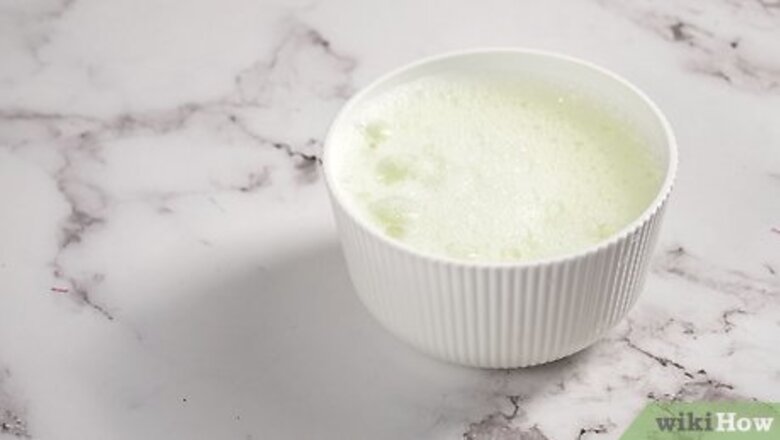
views
Using Soap and Water for a Gentle Clean
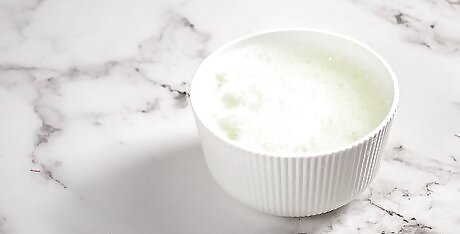
Mix a few drops of mild dish soap in warm water. It won’t take much soapy water to clean your jewelry, so pour about 1 cup (240 mL) of warm water into a cup or a bowl, then add 3-4 drops of mild dish soap. Gently stir the water to make sure the soap is mixed in evenly. Soap and water are perfect for a gentle clean that will remove dirt and grime from brass without removing its patina, or the aged layer that develops on older pieces over time. Tip: Does your brass jewelry stick to a magnet? If so, that means it's brass-coated, rather than solid brass, so you should only clean it with soap and water. Other methods can wear away the brass coating over time.
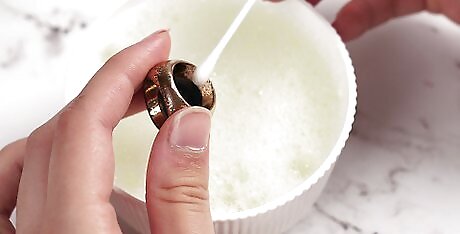
Test the soapy water on an inconspicuous area to make sure it’s safe. Although this is a very mild cleaning method, if you’re trying to preserve the patina of a piece, it’s always a good idea to do a quick test before you clean the whole item. Dip a cotton swab in or the corner of a cloth into the soapy water, then gently rub it onto a hidden piece of the jewelry, like the back of a pendant or near the clasp on a chain. If the patina starts to come off or you’re concerned the water will harm the brass item, you may want to consider having the piece cleaned professionally.
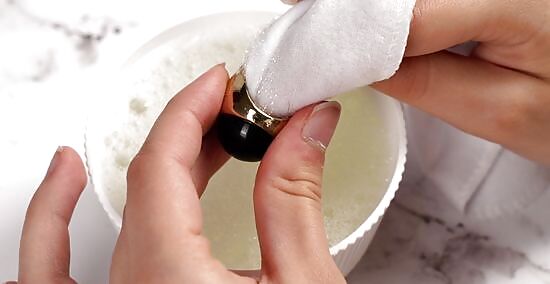
Clean the piece with the soapy water and a soft cloth or toothbrush. If you were satisfied with your spot test, dip a microfiber cloth or a soft toothbrush into the soapy water, then use it to gently clean the surface of the jewelry in small, circular motions. You may need to go over the same spot more than once to get it as clean as you want, but avoid scrubbing too hard, as you could scratch the brass. A toothbrush is best for an item with a lot of crevices, like an ornate pendant or ring, while a cloth is more gentle for jewelry with a lot of flat surfaces, like a cuff bracelet. For stubborn dirt, soak the jewelry for 2-3 minutes in the water before you clean it with the cloth. Be sure to choose a toothbrush that’s only used for cleaning!
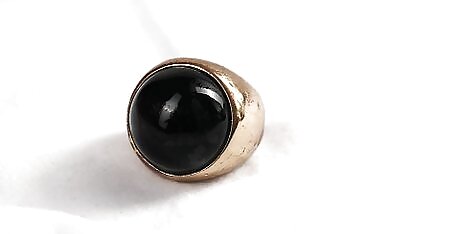
Rinse the jewelry thoroughly, then dry it with a soft cloth. When you’ve finished cleaning the brass item, hold it under running water and use your fingers to remove any soapy residue from the surface of the piece. Then, rub the jewelry with a dry microfiber cloth or towel until it’s completely dry. Water can leave spots on brass, which is why it’s important to dry it thoroughly.
Cleaning Light Tarnish with Lemon and Salt
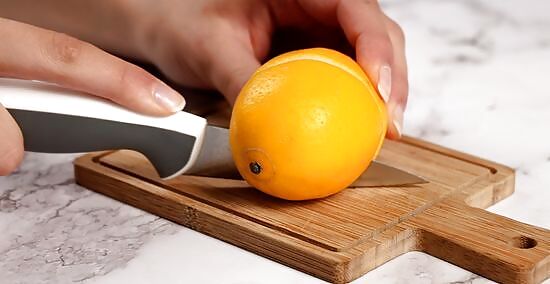
Cut a lemon in half. The acidity in a lemon is perfect for dissolving dirt and tarnish on brass, without being so abrasive that you’ll damage the finish. Place the lemon on a cutting board, then carefully slice it in half lengthwise. Cutting the lemon lengthwise will give you more surface area to work with, but it’s fine if you cut it the other way. You may want to remove any visible seeds, although this isn’t necessary. You can also use a lime, if that’s what you have on hand.
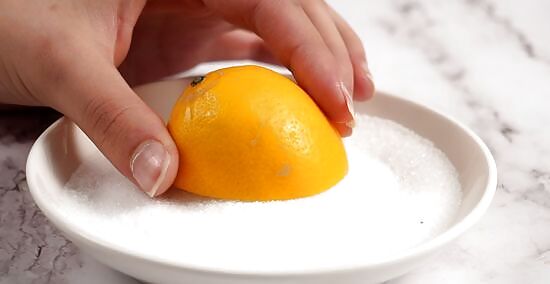
Dip one of the cut sides of the lemon in salt. Pour a thin layer of salt onto a small plate or saucer. Then, press the cut side of one of your lemon halves into the salt. The salt will stick to the lemon, coating the cut side completely.
Rub the salt and lemon over the surface of the brass until it shines. Hold your brass jewelry in one hand, or lay it on a flat surface and use your hand to hold it steady. Then, rub the lemon and salt all over your brass jewelry. The combination of the acidic lemon and the abrasive salt should quickly loosen and remove dirt and tarnish from the jewelry. Keep doing this until the jewelry shines. You may need to dip the lemon in the salt again, especially if it’s a large piece.
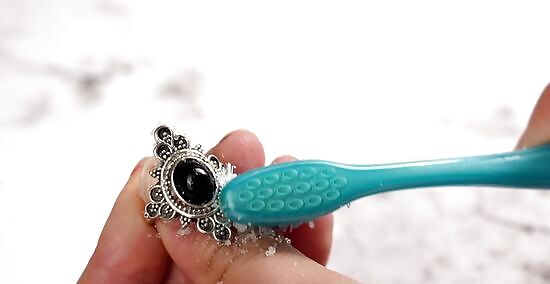
Use a toothbrush to clean hard-to-reach places. For smaller pieces with a lot of detail, squeeze out a little of the lemon juice into the pile of salt and mix it until it forms a paste. Then, dip a soft toothbrush into the paste and apply it to the jewelry. Scrub gently until it's clean.
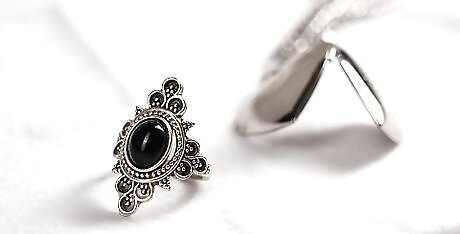
Rinse the jewelry and dry it thoroughly. Once you’re happy with how your jewelry looks, rinse it well under running water. Then, rub it vigorously with a soft, dry cloth to make sure it’s completely dry. If you leave any water on the jewelry, it could leave spots. Make sure to completely wash away any lemon juice; otherwise, it could etch the surface of your jewelry.
Cleaning Built-Up Tarnish and Grime
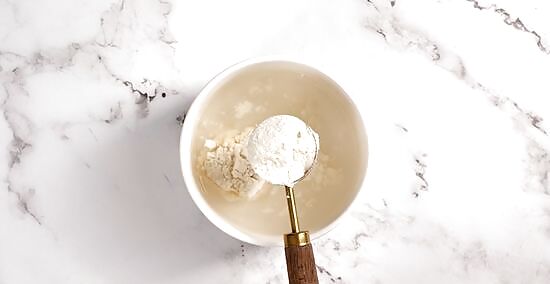
Make a salt, flour, and vinegar paste for an all-natural deep clean. Mix ⁄2 cup (120 mL) of white vinegar with 1 tsp (6 g) of salt and stir until the salt is dissolved. Then, add about 2 tbsp (30 g) of flour, or enough to make a thick paste. Rub the paste onto the jewelry and let it dry for about 10 minutes, then rinse and dry the item thoroughly. This is a gentle way to remove built-up tarnish and stubborn grime.
Try ketchup for a unique way to shine your brass jewelry. The acidic blend of tomatoes and vinegar in ketchup makes it a great brass cleaner. Just squirt a little ketchup onto a soft cloth or brush, then rub it gently into the surface of the jewelry. If the piece is badly tarnished, you may need to leave the ketchup in place for 3-5 minutes, but you should be able to see it working right away. Rinse the ketchup away with warm water and dry the jewelry thoroughly with a soft cloth. Did You Know? You can use Worcestershire sauce in place of ketchup, or you can combine them together!
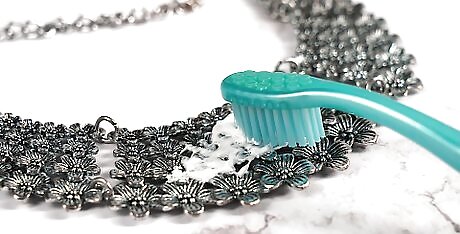
Opt for non-gel toothpaste for occasional cleaning. Coat the jewelry in a thin layer of plain white toothpaste and leave it on for about 5 minutes. Then, polish the jewelry with a clean, soft cloth to remove stubborn dirt and grime. Once it looks shiny and bright, rinse the brass completely under running water, then dry it with a separate soft cloth. Toothpaste is mildly abrasive, which is why it gets the brass so clean. However, you should only use this technique for occasional cleaning, as it can scratch the surface of the brass over time.
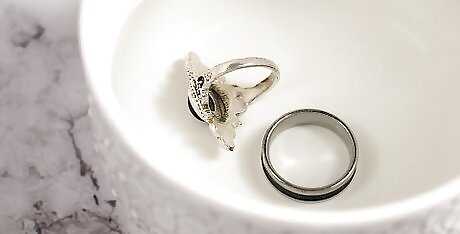
Use ammonia for a quick clean if you don’t mind the fumes. Working in an area with plenty of fresh air, mix 1 part ammonia with 8 parts in a plastic or glass container. Soak the jewelry in the mixture for several minutes, then carefully remove it once it looks shiny and clean. Use a cloth to wipe away any tarnish, then rinse and dry the jewelry thoroughly. For example, if you’re only cleaning a small piece of jewelry, like a brass ring, small brooch, or pendant necklace, you might mix 1 US tbsp (15 mL) of ammonia with 8 US tbsp (120 mL) of water. Increase the amounts for larger jewelry, like chunky bracelets or necklaces. Ammonia can be dangerous, so take the proper precautions! Make sure to wear gloves and goggles and work in a well-ventilated area, and never mix ammonia and bleach, as the fumes can be deadly.



















Comments
0 comment